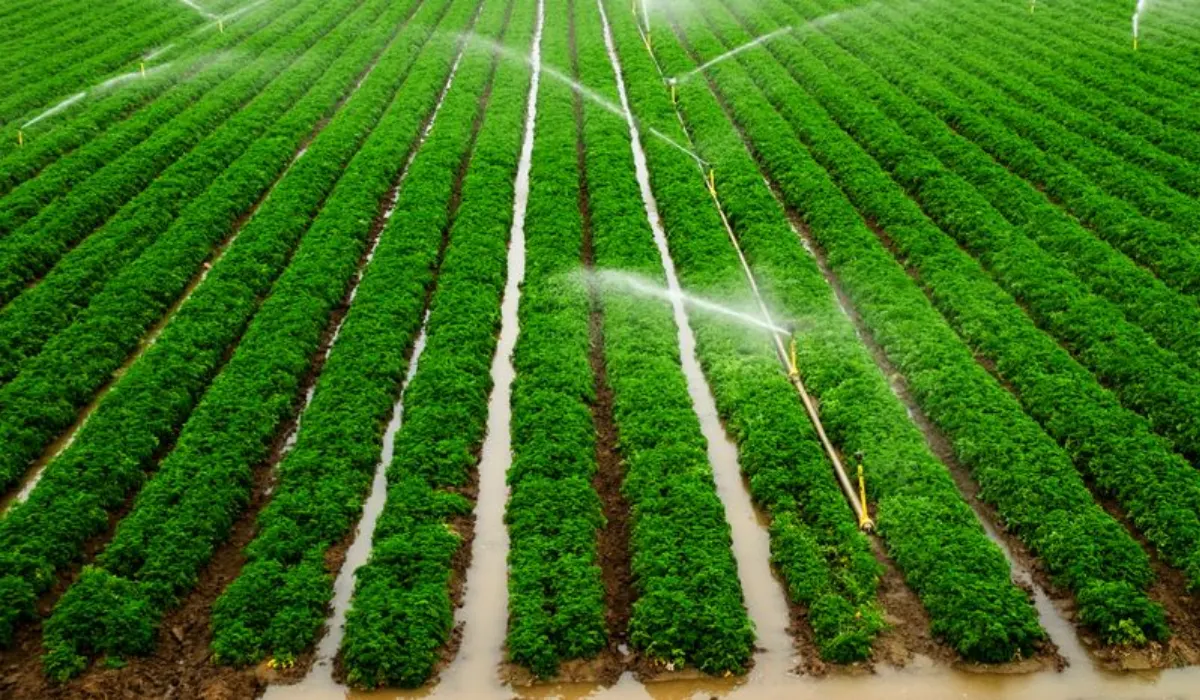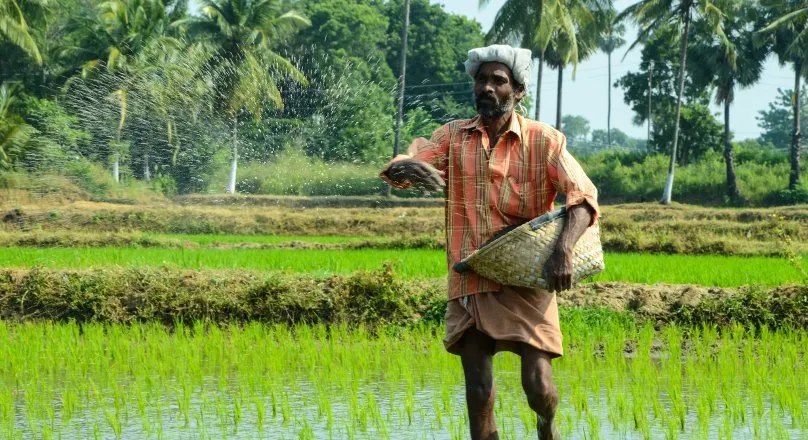So, here’s the thing. Water isn’t what it used to be. It used to be everywhere—fields, wells, ponds. You’d turn the tap, and it was there. But now? Now it’s different. Especially for the folks who depend on it most—farmers. In India, especially places like Punjab, Haryana, Maharashtra, the talk isn’t just about yields anymore. It’s about how to grow without draining the last drop. And that’s where water-saving and crop diversification come in. Not buzzwords. Not academic ideas. Real stuff happening on real farms. But what does that look like? How does a farmer switch from flooding a field to saving water, without hurting their harvest—or their wallet?
The Problem (And It’s a Big One)
For decades, Indian agriculture has run mostly on one belief—more water = better crops. And it sort of worked. With canals, tube wells, free electricity, rice and wheat crops exploded. Green Revolution, right? But there was a cost.
Groundwater started dropping. Fast.
In places like Punjab, some wells are now being dug 300 feet deep. That’s not sustainable. Not even close. Plus, electricity use shot up. Fields became thirsty. The soil got tired. And with climate change now messing with rain patterns, the system just can’t hold.
Water-Saving Isn’t About Sacrifice. It’s About Smarter Use.
Let’s bust a myth: saving water doesn’t mean growing less. It means growing better. Many farmers are switching to methods that do the same job—or better—with half the water.
1. Drip Irrigation

Small pipes. Drops of water. Targeted right at the root. No flood, no waste. Drip works especially well for vegetables, fruits, even cotton. Instead of soaking the whole field, you’re just giving the plant what it needs. In places like Nashik and Solapur, grape growers swear by it. They use 40% less water, and still get sweet, export-ready grapes.
2. Mulching
This one's old-school and genius. You cover the soil with leaves, straw, even plastic sometimes. Why? It keeps moisture from evaporating. Keeps the soil cool too. Less watering needed. Mulching is catching on in areas growing tomatoes, chillies, onions. Even big farms are doing it.
3. Laser Levelling
Sounds high-tech, but it’s simple. You use a laser-guided tool to make sure your field is perfectly flat. No low spots, no puddles. When water flows evenly, it reaches all plants equally. No extra watering needed. It also helps reduce weed growth. Because weeds love uneven, wet patches.
Enter Crop Diversification: The Game Changer
Now, about diversification. If water is limited, doesn’t it make sense to grow crops that don’t need gallons every day? That’s what a lot of farmers are doing—shifting away from paddy and wheat, and experimenting with things like:
1. Millets
Ever heard of bajra, jowar, ragi? These aren’t new. Our grandparents grew them. But now they’re making a comeback. Why?
- They need less water
- They survive better in hot, dry weather
- And urban folks are buying more of them (thanks to health trends)
States like Karnataka and Telangana are offering incentives to farmers who switch to millets.
2. Pulses
Moong, urad, chana... they’re not just nutritious. They also fix nitrogen in the soil. That means less need for chemical fertilizers later. And yes—they use way less water than paddy. Plus, market prices for pulses are strong these days. So it makes money sense too.
3. Oilseeds
Sunflower. Mustard. Groundnut. These can handle drier climates. Many of them can be rain-fed, which means no irrigation at all sometimes. Farmers in Vidarbha, for example, are combining oilseeds with pulses to maximize yield per drop.
It's Not Always Easy
Let’s not pretend switching crops or installing a drip system is simple. It's not. It takes money. It takes convincing older generations. And sometimes, it takes failing once or twice before getting it right. For example, one farmer in Sangli tried drip on his sugarcane field. But his pipes clogged up. The vendor didn’t offer support. The crop suffered that year. But next season, he tried again—with filters, timers, and better advice. His water bill dropped. His yield bounced back. Now he helps others set up their own systems. This kind of trial-and-error is part of the process.
The Government's Role (And Where It Helps)
Several state governments are now pushing these changes with subsidies, awareness drives, and even digital tools.
- PMKSY (Pradhan Mantri Krishi Sinchayee Yojana): Offers funds for drip and sprinkler systems.
- State Crop Diversification Plans: Punjab’s trying hard to reduce paddy area. They give MSP on moong beans now, which helps.
- Kisan Credit Cards & Loans: Easier access to cash when farmers want to try a new crop or upgrade irrigation.
Still, paperwork can be a headache. Some schemes take months to deliver results. But the effort is showing. Slowly.
What Farmers Say
Talk to farmers who’ve already switched, and you’ll hear things like:
- “Earlier, I was irrigating my field every 5 days. Now, with drip, it’s once in 10. My crop is healthier too.” – Prakash, Nagpur
- “We didn’t know much about millets. But after trying bajra last year, I realised we were wasting water on rice. This year, more neighbours are joining in.” – Jaspreet, near Patiala
- “Diversification isn’t just a trend. It’s survival. If the tube well runs dry, then what?” – Mahesh, Bhiwani
- Their stories aren’t fairy tales. Som
- e lost money at first. Some battled pests. But most say they wouldn’t go back.
The Bigger Picture
- Saving water isn’t just about saving farms. It’s about keeping the next generation from inheriting a dry well. It’s about using what we have—smartly, fairly, and with some respect.
- And crop diversification? That’s just good sense. Why grow one thing again and again until the soil gives p? Mix it up. Build resilience. Make the land work in different ways.
- It’s already happening. Quietly. One field at a time.
- Let’s not pretend we can go back to ancient ways. But we can take the good from the old—less greed, more care—and combine it with the new.
- A farmer doesn’t need to grow 10 crops. Or spend lakhs on automation. Sometimes, just switching from rice to moong, or adding mulch, can make a real difference.
- Water is life. And in farming, it’s the first thing that disappears when we take too much.
- But with a bit of shift in thinking—and support from all sides—we can grow more while using less.
- That’s the future. And honestly, we don’t have much choice.













